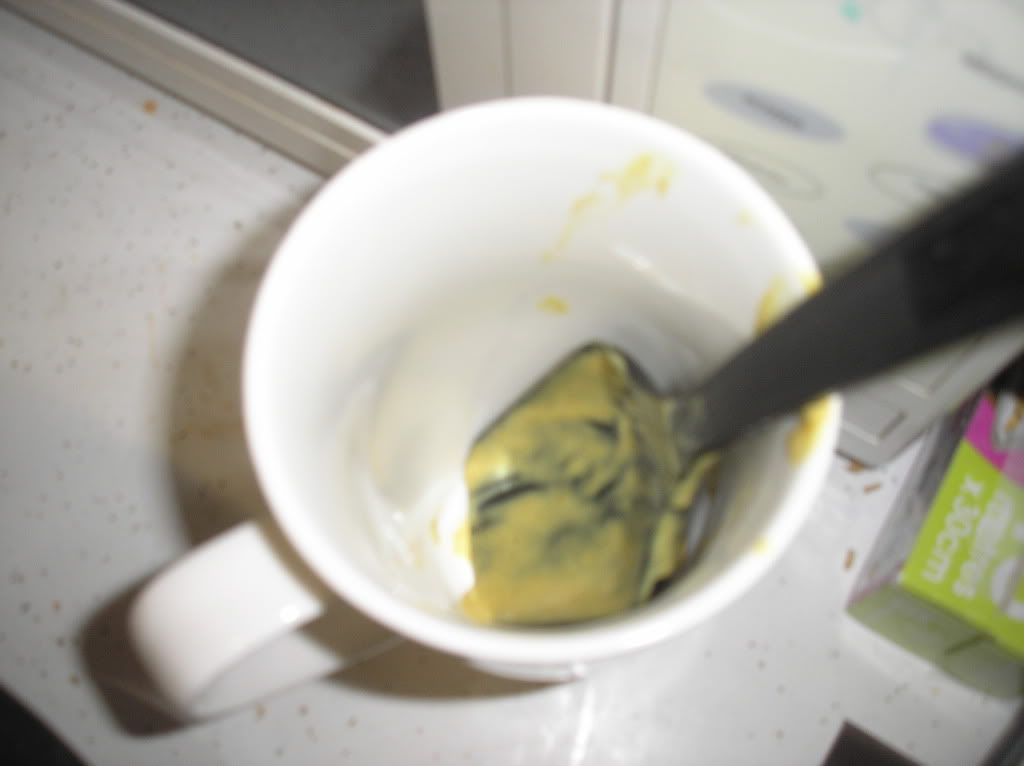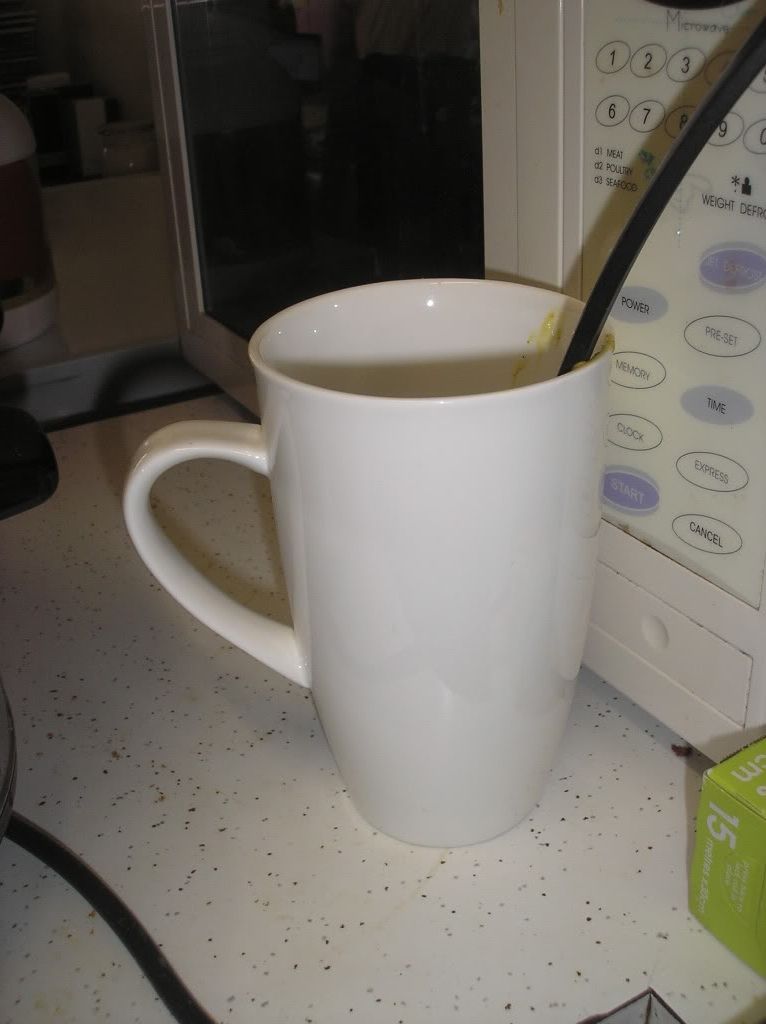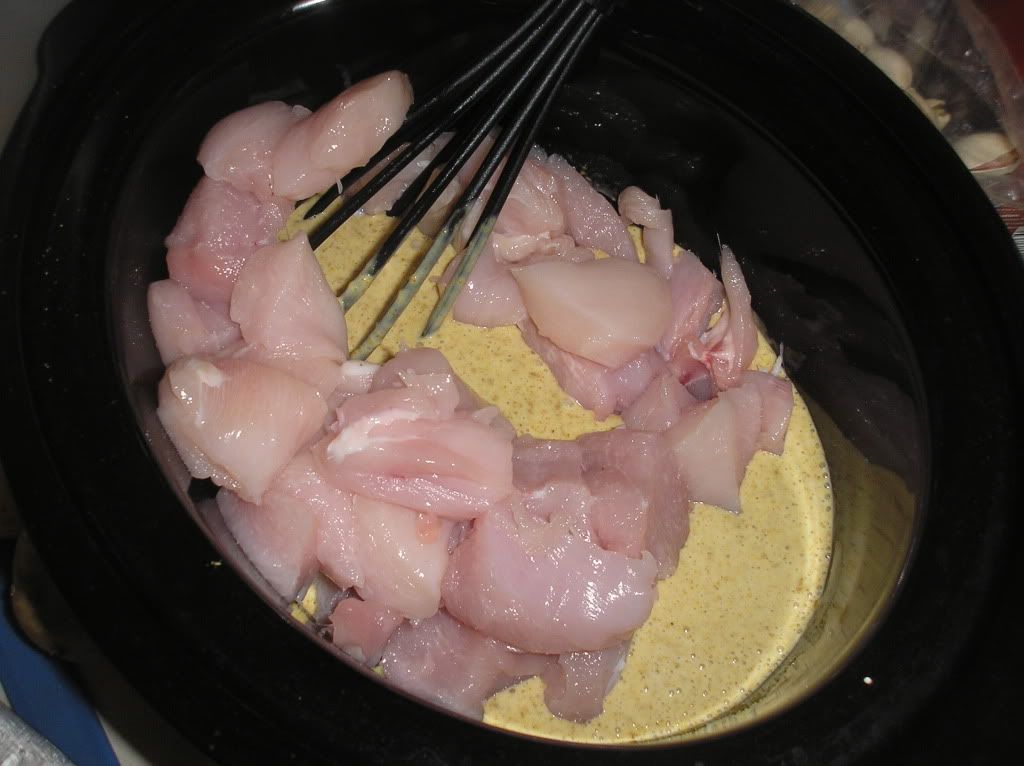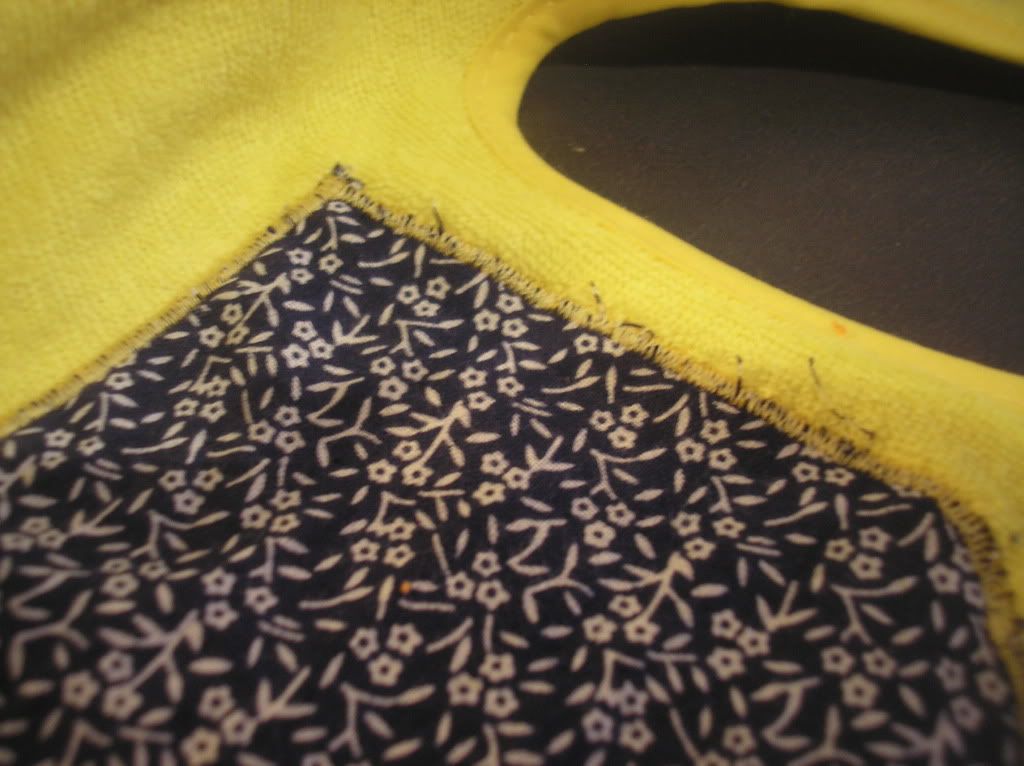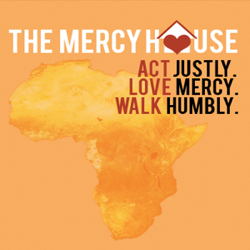We've been through a few different ways of bathing Chubs depending on the circumstances, so I would like share with you what has worked for us at different times. We don't have a bath in our bathroom (only a shower) and our laundry is a separate outside shed, so using the laundry tub wasn't really an option either.
Since space is at a premium for us (and because I'm a cheapskate frugal) we never purchased a hard plastic baby bath. I had this plastic storage tub which the lid had broken for years ago. I had been using it as a laundry basket, but when Chubs was born we just turned it into her bath.
 |
| Bath Number One |
When Chubs was a newborn; however, it was easier to put her into the shower with us. Usually I would undress and de-nappy her and then hand her into Dear Husband who was already in the shower. He would hold her while I washed her with two washers. As a newborn, it was pretty much only her bum and the fat rolls on her chubby neck which ever got dirty. He would then pass her out into my towel- draped arms and I would then dry and dress her on the change table.
This worked well as it was much easier for one of us to hold her in the shower than to try to hold her in the tub, and it meant more free hands since there were two of us. Even if one of us tried to hold her in the tub and the other one washed, there was too many arms in the way and not enough room. Chubs didn't really like reclining in the tub anyway. She also was born with heaps of beautiful hair which didn't fall out. Her hair gets knotty and covered in spit up (then) and food (now) so it was easier to shampoo her hair in the shower than in the tub.
The biggest problem with the shower is that it's definatly a two adult plan. One person needs to be ready in the shower, and the other one needs to pass the baby. There's no way that one person has enough arms to hold a slippery baby, operate the taps and wash the baby all while being wet and slippery themselves. When Dear Husband is away with work and I am home alone with Chubs, I only ever bathe her in the tub, not the shower.
A friend of mine had a toddler and newborn twins, as well as a frequently travelling husband. She tried putting the twins in a Bumbo seat in the bath so she could do all three at once, but I hear that the Bumbos didn't fare too well. She said they kind of fell apart from the water, which I think is quite disappointing, especially considering how expensive they are. (To clarify, she still has the girls, they just aren't newborns and a toddler any more :) )
When Chubs was five to six months old, we all went away for five weeks with Dear Huband's work. His work arranged for us to have this inflatable baby bath, which is like a teeny-tiny wading pool.
 |
| Bath Number Two |
I love love love this bath! One of the great things about this bath is the inflatable stopper bit in the middle. At five months, Chubs was just beginning to sit up, but hadn't quite worked it out yet - and definately not reliably. I was able to let her sit in the tub with one hand on her shoulder to stop her falling back, and the bar in the middle stopped her bottom from slipping forward and her legs from shooting out underneath her.
The other great thing about this bath was that it's soft and inflatable. Because it's soft, she couldn't bump her head or anything. We were able to let the air out and bring it home on the plane. It's great if you don't have much space. We certainly didn't deflate and reinflate it everyday, but it would be much smaller for storing between babies and for travel (as I said) than a normal hard plastic bath.
However, the inflatable bath was a pain to clean as it never really dried in all the crevices, so it got mouldy and was hard to get out. It was also hard to fill and empty since it was flexible, so it all had to be done with multiple buckets-ful. These were minor issues though, and I really could have coped with them quite easily. The reason that we stopped using the inflatable bath was that as Chubs got bigger, she got more mobile. By about eight months, she could sit up very well unassisted and could grab the side and try to stand up, pushing the flexible walls down in the process. You can imaging what the flood in our bathroom looked like.
 |
Bath Number One Three |
So we are now on to Bath Number Three. It looks mightly similar to Bath Number One, hey? Chubs can sit up in this one now and it's working much better than it did when she was a newborn. She still comes in for a shower every now and again, but she will usually play for 20 minutes or so in the tub - which is great to get us through the cranky evening hours.
So that's our scrub-a-bub-tub story until now. I wonder what happens next?

